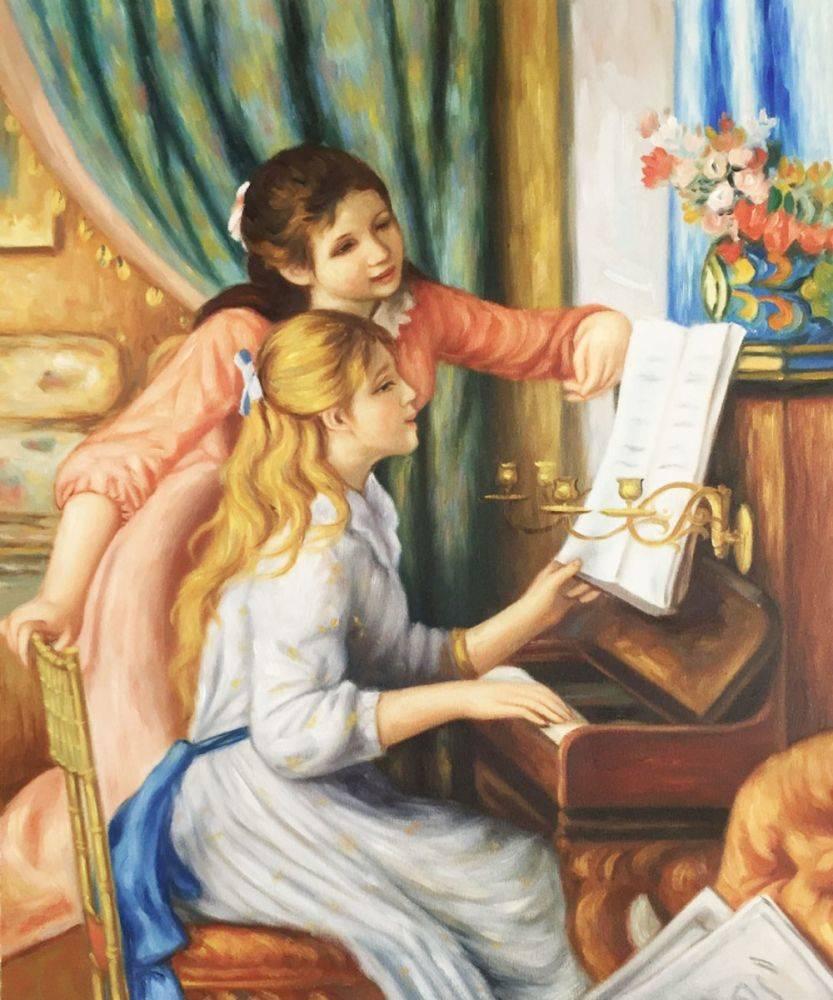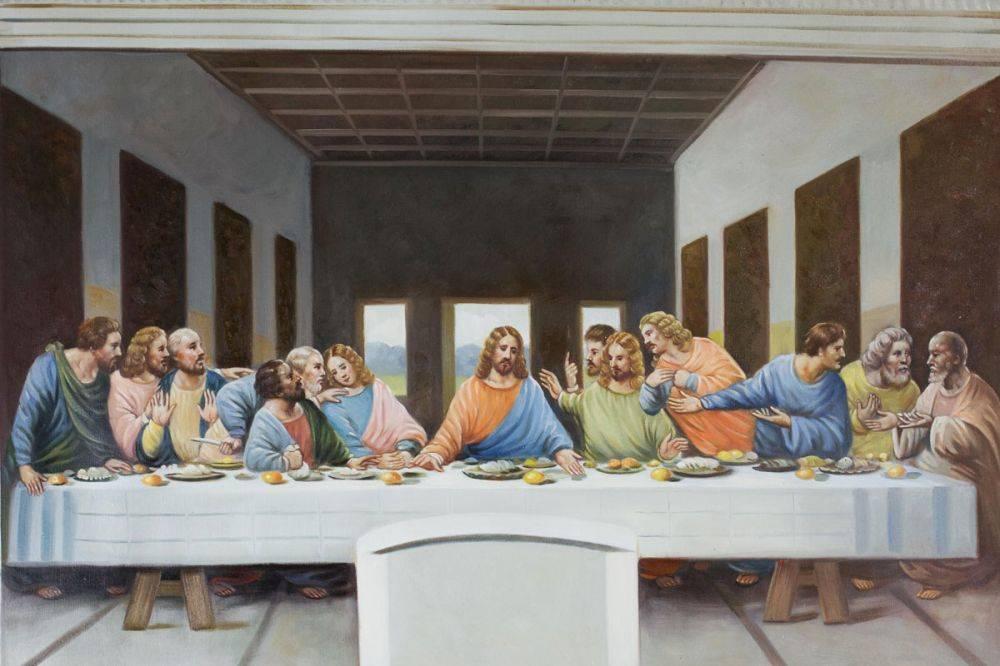Art
Salvador Dali
-“Take me, I am the drug; take me, I am hallucinogenic.”
-“Surrealism? I am Surrealism!” -Salvador Dali
On a quick trip down to London last month, I had the pleasure of visiting the Dali Museum. I have always been an admirer of the artist, as he experimented with such vast media and bizarre expression. After viewing hundreds of sketches, illustrations, and paintings, I’ve become more intrigued than ever before. This man led a wildly interesting life full of fascination, rebellion, and obsession that he expelled directly through his artwork. What follows is a very brief biography of an artist that we have all heard of and a life that we will never fully comprehend.
The artist was born Salvador Felip Jacinct Dali Domenech on May 11, 1904 in Figueres, Spain. His father worked in law and although a strict authoritarian, never objected to Dali’s artistic endeavors. Also encouraged by his mother, Dali was granted his own fully supplied studio and consent to stay with the family of impressionist, Ramon Pichot. Dali’s work from early to late illustrates palpable influence of Spanish landscape seen through the wild imagination of an artistic child. At thirteen, Dali attended the Municipal Drawing School in Madrid under Moreno Carbonero. The same year, his parents held an exhibition of his charcoal drawings at their home. Salvador was already proving uncanny technical facility as a painter and in 1919 at only fifteen years old, his first public exhibition at his academy was a success.
In the early twenties, Dali enrolled in the Residencia de Estudiantes in Madrid. It was also at this time that Dali discovered Sigmund Freud’s writings on the erotic significance of subconscious imagery and his affiliation with Paris Surrealists. Dali began experimenting with hallucinogens to induce a state he coined Paranoiac Critical. (This style can be seen illustrated in The Great Masturbator, 1929) Upon discovery of this phenomenon, Dali’s painting style matured at an extraordinary pace and his distinction in the art world transpired.
Donning a fashion style of a century earlier, and a manner before his time, Dali was considered quite the eccentric among his peers and instructors. He became very proud with his philosophy and artwork and in 1926 he was expelled from the Academy when he deemed his superiors incapable of examining him. The same year he would meet Pablo Picasso whom he had previously emulated, as there were no Cubists in Spain. At this time, Dali had proven amazing capabilities ranging from academic classicism (El Son “The Tartan”, 1919) to the most avant-garde surrealism (Sleep, 1937) and Picasso praised him. In 1929, Dali collaborated with friend Luis Bunuel on a short film where he met his future wife and renowned muse, Gala (Galatea of the Spheres, 1952). He officially joined the Surrealist group in Montparnasse of Paris and he was hailed for his Paranoiac Critical Method of employing the subconscious for developing creativity.
Dali’s most outstanding work in the 1930’s came to demonstrate what we all know now as Surrealism. Not so much a style, but a place, where with profound detail, objects become morphed into an exaggerated state backed by a semi-rational environment, as to force them from the subconscious into reality. Completed in 1931 and perhaps his most well-known painting, The Persistence of Memory, portrays this extraordinary realm. Throughout this time, Dali’s notorious arrogance grew as he became more publicly revered for his extreme antics and incontestable talent. He degraded many other Surrealist artists of the time for becoming too caught up in the Paranoiac side of his method and claimed that where they were trying to become the method, he was only accepting notions through it. The antagonizing of his colleagues along with his unconventional political views (some say he was fascinated with Hitler) got him expelled from the Surrealist group.
“Surrealism? I am Surrealism!” retaliated Dali. There are not many who would disagree.
The following years brought Dali the fame and notability that he had always yearned for. His compositions reached the status of Masterpieces. Not only did he continue to experiment with various media, but various styles, and he seemed able to perfect them all. In the 1940’s, he and Gala moved to America where they were greeted with fascination and loyalty from sponsors and critics alike. He opened his Teatre-Museu Gala Salvador Dali in Figueres in the late fifties. Dali was bestowed title of Marquis of Pubol by King Juan Carlos of Spain. In 1989, Salvador Dali died of heart failure at the age of 84 and was buried in the crypt of his Teatre-Museu.
Without contest, Salvador Dali remains one of the most brilliant artists of all time. His drive to outlet creativity was exceptional, and his capacity for range of technique was unparalleled. But most captivating may be his ability to exemplify that peculiar and vast world veiled inside every person subconscious. Dali makes for an essential addition to each of our personal collections.
Noted Surrealist works of Salvador Dali:
- El Son (The Tartan); 1919
- Nude In The Water; 1927
- The Great Masturbator; 1929
- Sleep; 1937
- Galatea Of The Spheres; 1952
- Landscape with Butterflies; 1956
- Meditative Rose; 1958
- Apparition of the Visage of Aphrodite; 1979



